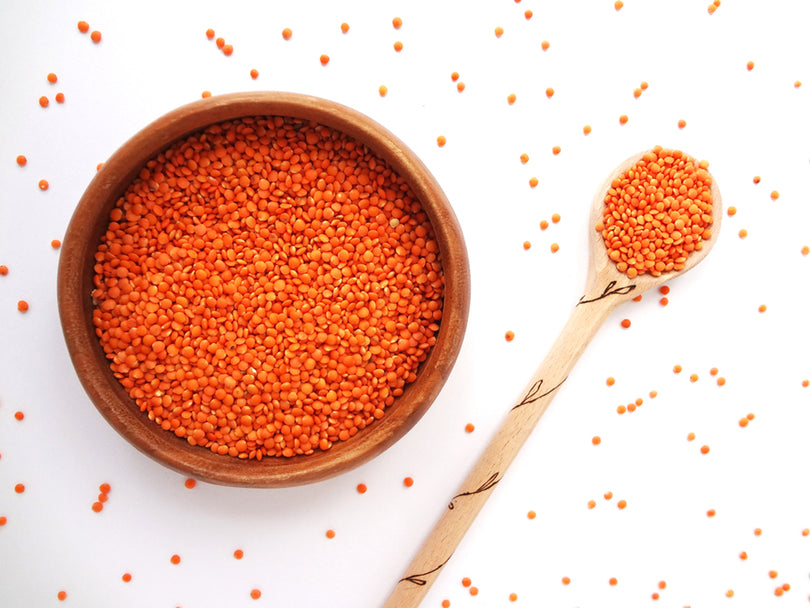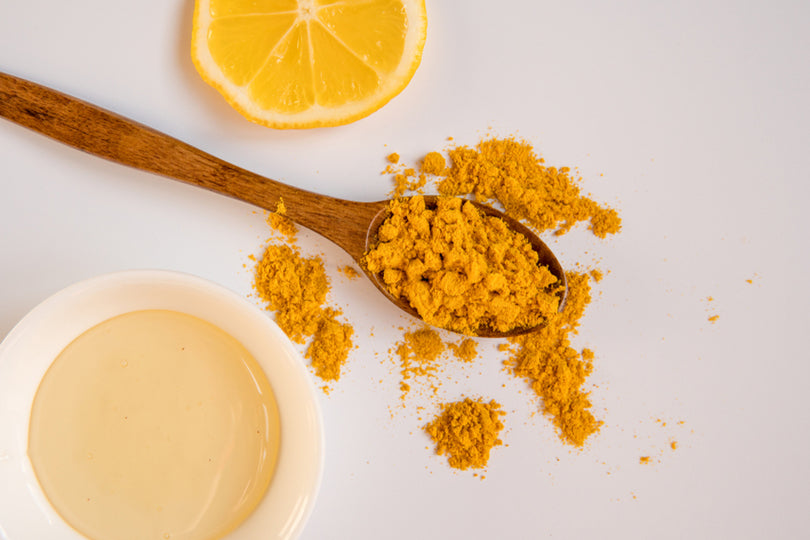The Truth About Ancient Grains


Ancient grains have been around for thousands of years, with many of them being used regularly in different cultures around the world. The name ‘ancient grains’ is used because many of these grains were eaten by Aztecs and Romans. Now their nutritional benefits have made them highly sought after.
Are Ancient Grains Better for You?
The question most people want to know is if ancient grains are better for them than the modern grains we’ve been eating? Or are they simply different varieties that are now more easily available to us? Today I’m going to look at some ancient grain types you might have seen popping up recently.
Amaranth
While technically not a grain, amaranth is often included in the ancient grains category as it is grown and prepared in the same way. Just like its cousin quinoa, amaranth is widely used in dishes across South America. It’s available in many forms, including puffed seeds, flakes, raw seeds and flour.
Amaranth is gluten-free and higher in protein, which is part of the reason it’s more popular now. With a rise in vegan and vegetarian diets, amaranth may be a good choice to help increase intake of protein, calcium and iron. Amaranth also contains lysine, which your body uses to build muscle tissue and collagen.
Buckwheat
While it might share a part of its name, buckwheat is actually quite different to wheat. Gluten free, high in fibre and low GI, buckwheat can easily be distinguished by its recognisable triangular shape. It can be such an awesome addition to soups and stews, providing a new texture and helping to make these dishes more filling. Buckwheat flour is sometimes used to make bread, or it can be mixed with wheat flour to make soba noodles. Like amaranth, buckwheat is a pseudo-grain (it’s actually a seed, not a grain).
Spelt
The slightly sweet and nutty flavour of spelt makes it a popular substitute for wheat. You’ll find spelt varieties of bread, cereals, noodles, pasta and baked goods, as it is often ground for use as flour. While not a gluten-free grain, spelt contains a number of nutrients including carbohydrates, fibre, iron, zinc, phosphorus and vitamin B6.
Farro
Also known as emmer, farro contains B vitamins, iron, zinc and magnesium. While it does contain gluten, the percentage found in farro is quite low compared with wheat.The nutty taste of farro makes it a great substitute for brown rice. Try adding it to soups and stews, or make a ‘farrotto’ (farro risotto) with your favourite vegetables.
Millet
Mild in flavour and with a texture similar to couscous, millet is often mixed with other grains or toasted before cooking. Highly alkaline and a prebiotic, millet is also gluten-free, so it might be a good choice for sensitive tummies. Once cooked, you can add millet to salads and stir-fries or warm it with milk and honey for a tasty breakfast (similar to porridge).Millet can be found in white, yellow, red and gray varieties. Because of its high magnesium content, millet is linked to good heart health and lower blood pressure levels.
Try Ancient Grains for yourself
Even if you haven’t seen ancient grains in your local supermarket, you may find them in health stores or your local markets.You don’t have to replace modern grains like wheat, corn and rice if you enjoy eating them. These are just some ways that you can continue to add variety to your diet! Remember when quinoa wasn’t on your radar? Now many of us can’t imagine our pantry without it. Chances are, once you give these grains a try, they’ll become a regular on your plate too.
Love, Kayla xx
* Disclaimer: This blog post is not intended to replace the advice of a medical professional. The above information should not be used to diagnose, treat, or prevent any disease or medical condition. Please consult your doctor before making any changes to your diet, sleep methods, daily activity, or fitness routine. Sweat assumes no responsibility for any personal injury or damage sustained by any recommendations, opinions, or advice given in this article.




<#= c.user.username #><#= moment(c.created_at * 1000).fromNow() #>
<#= c.html_body #> <# if (c.images) { #>
<# } #>